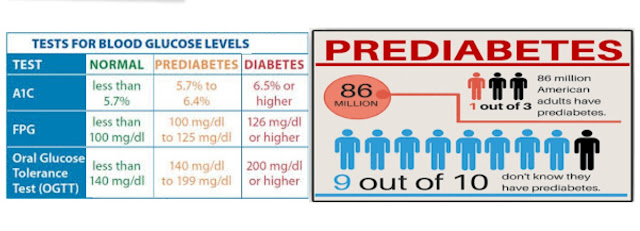Most Dangerous Viruses in 2018
HEALTHIENSIDE - World Health Organization (WHO) have specific methods for estimating disease virus what to look out for because it is potentially harmful to global health. Viruses are rated based on the level of potential into a plague and the level of difficulty in handling.
The following explanation as quoted from the WHO official website:
CCHF-infected people can experience symptoms of fever, muscle aches, dizziness, neck pain, and sensitivity to light. A few days after the infected patient may also experience mood swing, confusion, drowsiness, and depression.
There is know vaccine for CCHF that kill rate reached approximately 10-40 percent. Usually the patient died of organ failure of the kidneys and liver.
An infected person may experience fever, diarrhea, bleeding to the outside and inside of the body.
Ebola and Marburg viruses are still one family of Filoviridae viral types with similar symptoms.
Lassa fever is currently being epidemic in Nigeria with the number of deaths reached 90 persons. When a pregnant woman is infected with Lassa fever then there is an 80 percent probability of the baby or mother died.
Up to now, there has been no vaccine for Lassa fever.
MERS and SARS watch because of its ability that is so easy to rub off. Allegedly sick person can infect others around it simply by coughing.
Nipah virus may cause disease in animals and humans without the vaccine.
RVF spread by mosquito bites and can infect humans or animals.
People who become infected with RVF can experience vision problems until led to blindness and death.
8 Most Dangerous Viruses in 2018
Well in 2018, WHO issued the latest report there are at least 8 viruses to look out for.Crimean-Congo Haemorrhagic Fever (CCHF)
CCHF is a disease caused by a virus from the Bunyaviridae family that spread by fleas. The name "Crimean-Congo" is taken from where the disease was first identified, namely the region of Crimea and Congo in the year 1944-1969.CCHF-infected people can experience symptoms of fever, muscle aches, dizziness, neck pain, and sensitivity to light. A few days after the infected patient may also experience mood swing, confusion, drowsiness, and depression.
There is know vaccine for CCHF that kill rate reached approximately 10-40 percent. Usually the patient died of organ failure of the kidneys and liver.
Ebola and Marburg
Who does not know the Ebola virus?. This virus is making the world an uproar when it spreads in the West African region on the 2014-2016 and kill 11,310 persons. Before there was a vaccine, the mortality recorded Ebola could reach approximately 25-90 percent.An infected person may experience fever, diarrhea, bleeding to the outside and inside of the body.
Ebola and Marburg viruses are still one family of Filoviridae viral types with similar symptoms.
Lassa Fever
Lassa fever is a disease caused by Lassa virus from arenaviridae family. First identified in the town of Lassa in 1969, people infected by the virus may experience symptoms similar to Ebola.Lassa fever is currently being epidemic in Nigeria with the number of deaths reached 90 persons. When a pregnant woman is infected with Lassa fever then there is an 80 percent probability of the baby or mother died.
Up to now, there has been no vaccine for Lassa fever.
MERS and SARS
Middle East respiratory syndrome coronavirus (CoV-MERS) and Severe Acute Respiratory Syndrome (SARS) are two diseases respiratory infections by viruses. Both of these diseases had become the plague makes many countries move initiated prevention programs.MERS and SARS watch because of its ability that is so easy to rub off. Allegedly sick person can infect others around it simply by coughing.
Nipah
Nipah virus is a kind of new viruses from animals that were first identified in the Nipah, Malaysia, in 1998. The symptoms are almost the same as acute respiratory syndrome disease and can also cause known cases of a fatal brain inflammations.Nipah virus may cause disease in animals and humans without the vaccine.
Rift Valley Fever (RVF)
Rift Valley Fever (RVF) is caused by a virus of the genus Phlebovirus. The name was taken from RVF cases were first identified in the area of the Rift Valley, Kenya, in 1931.RVF spread by mosquito bites and can infect humans or animals.
People who become infected with RVF can experience vision problems until led to blindness and death.











Comments
Post a Comment